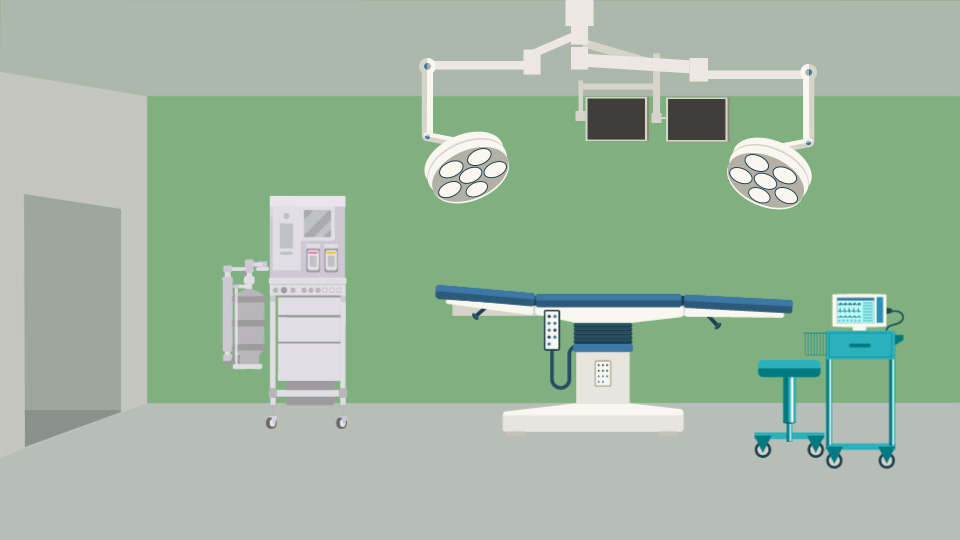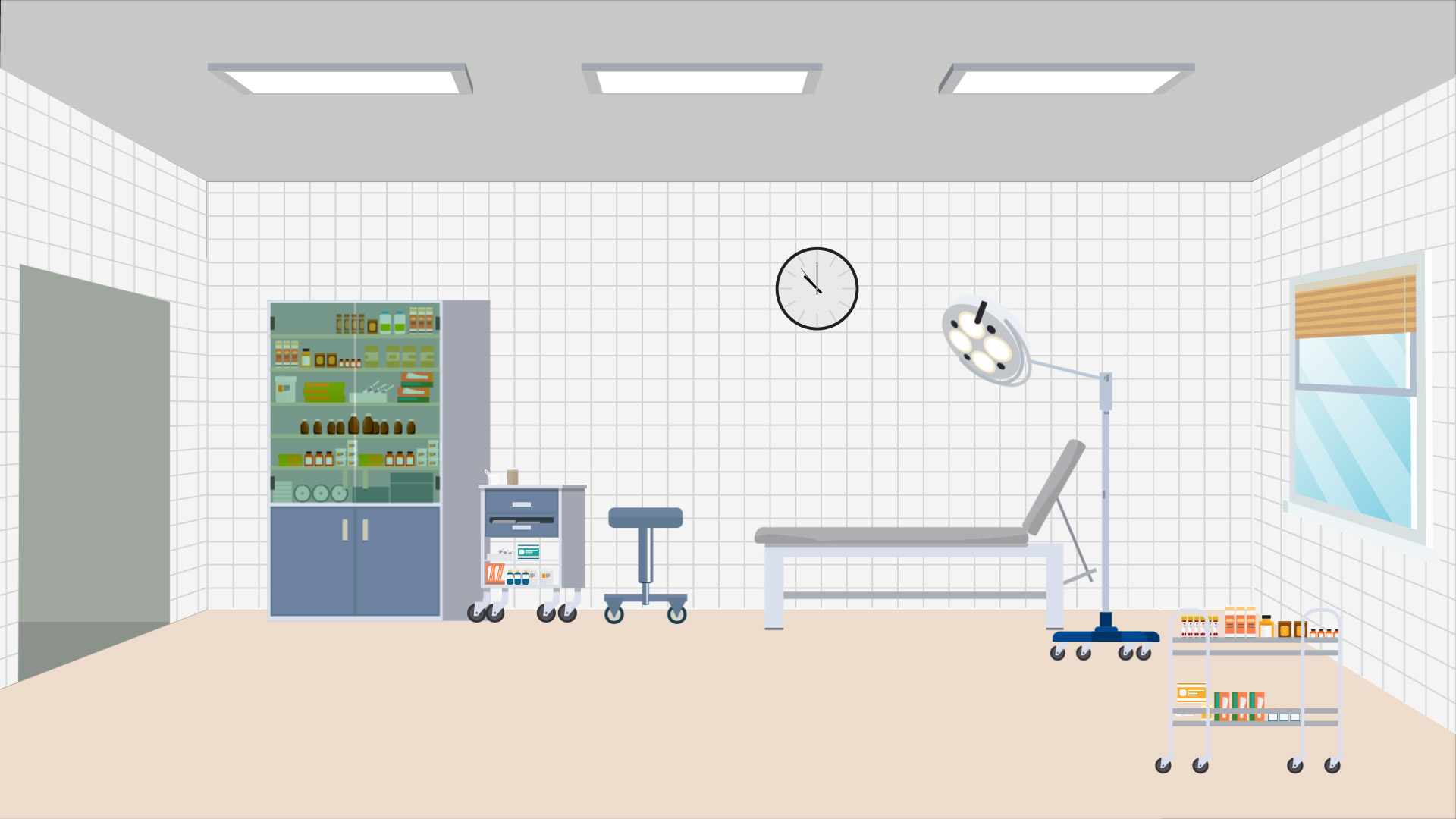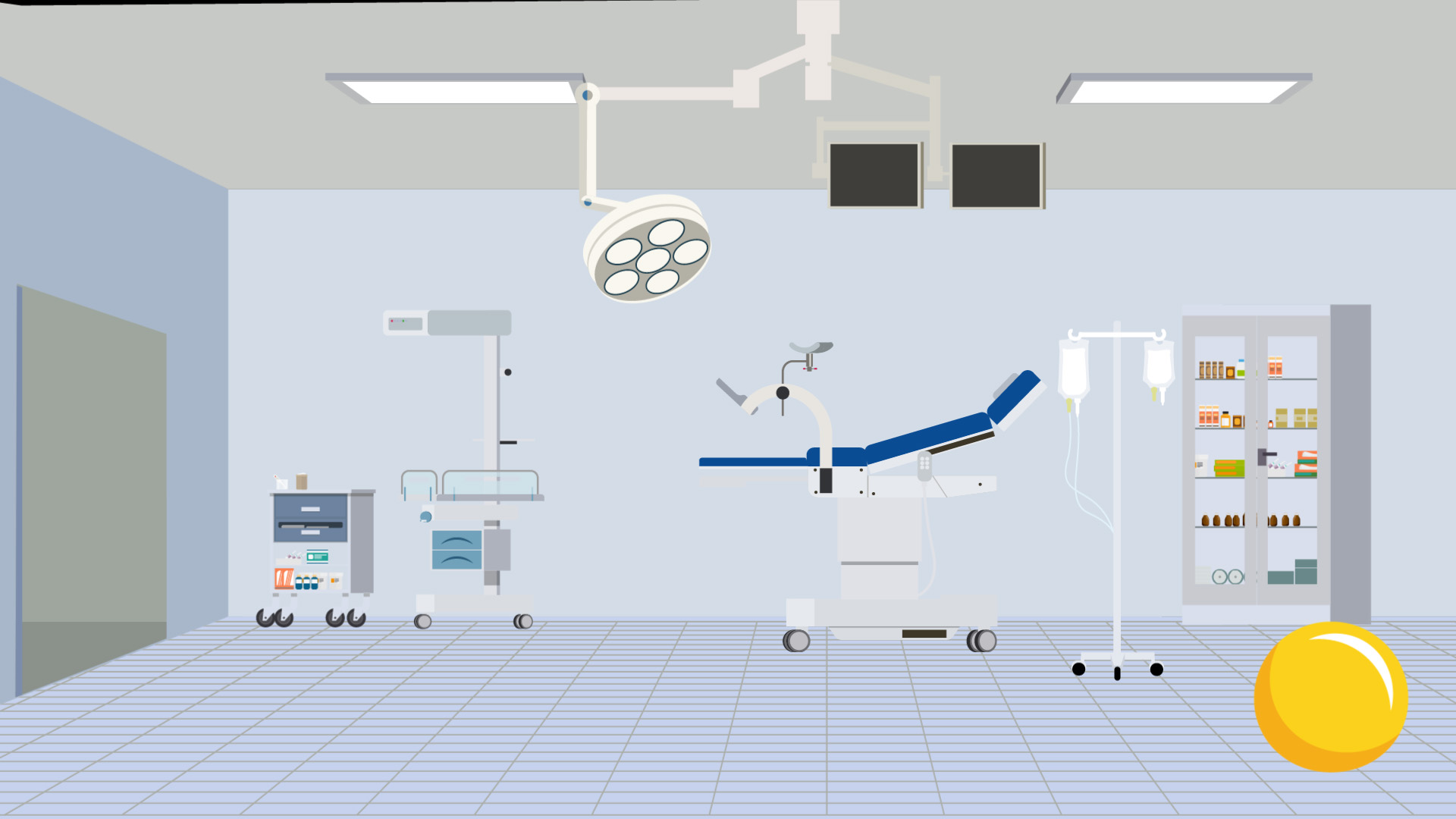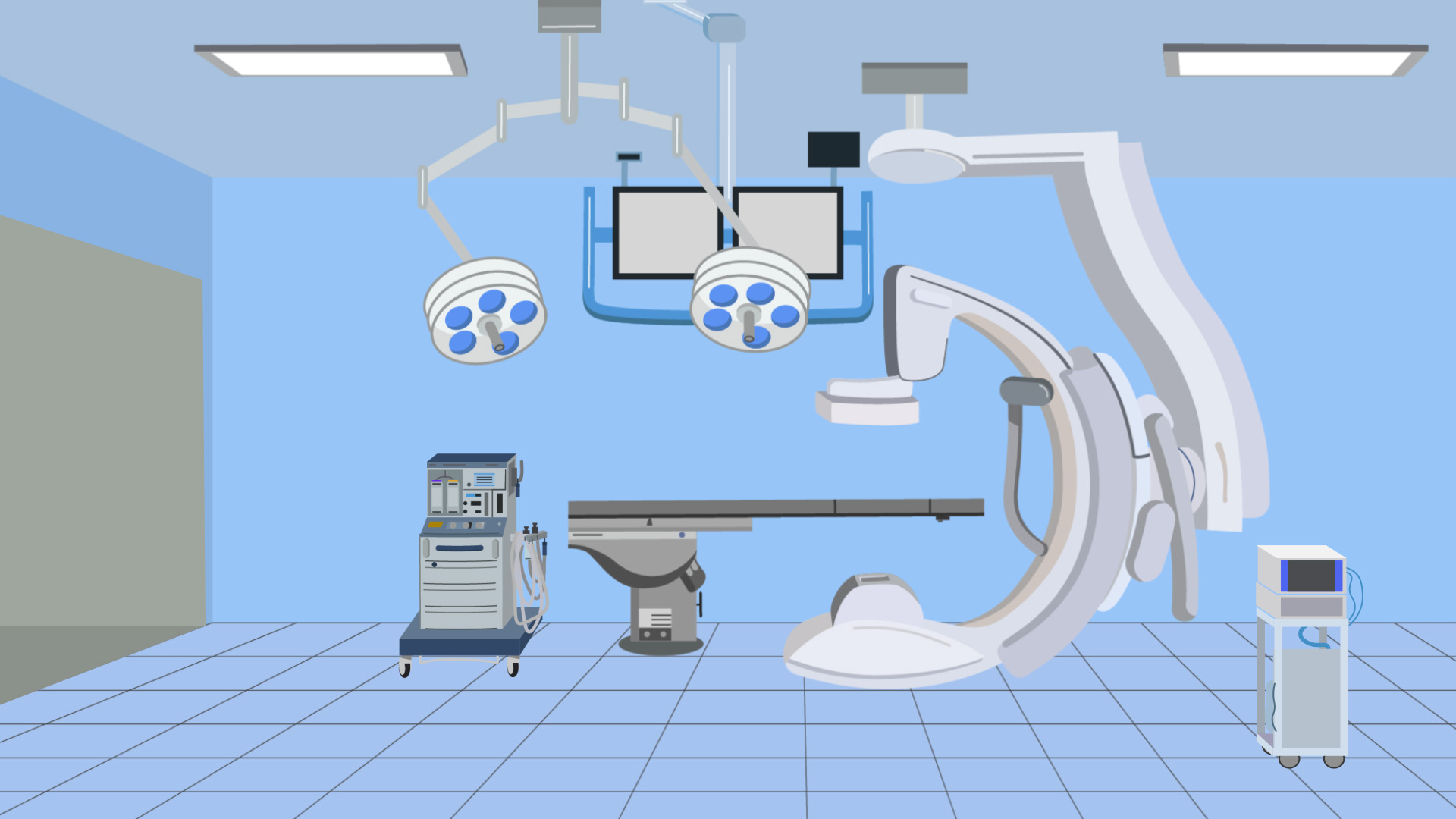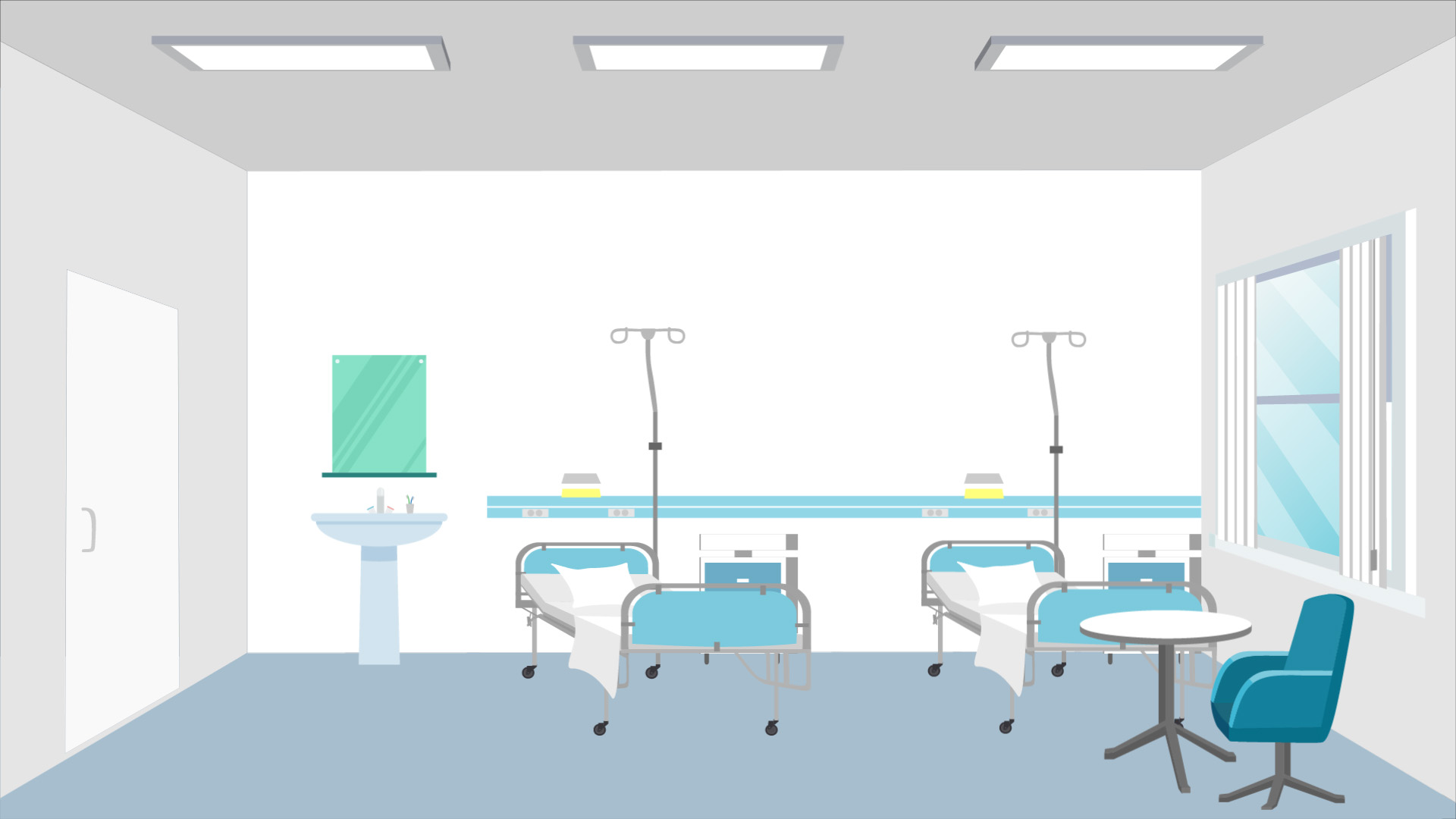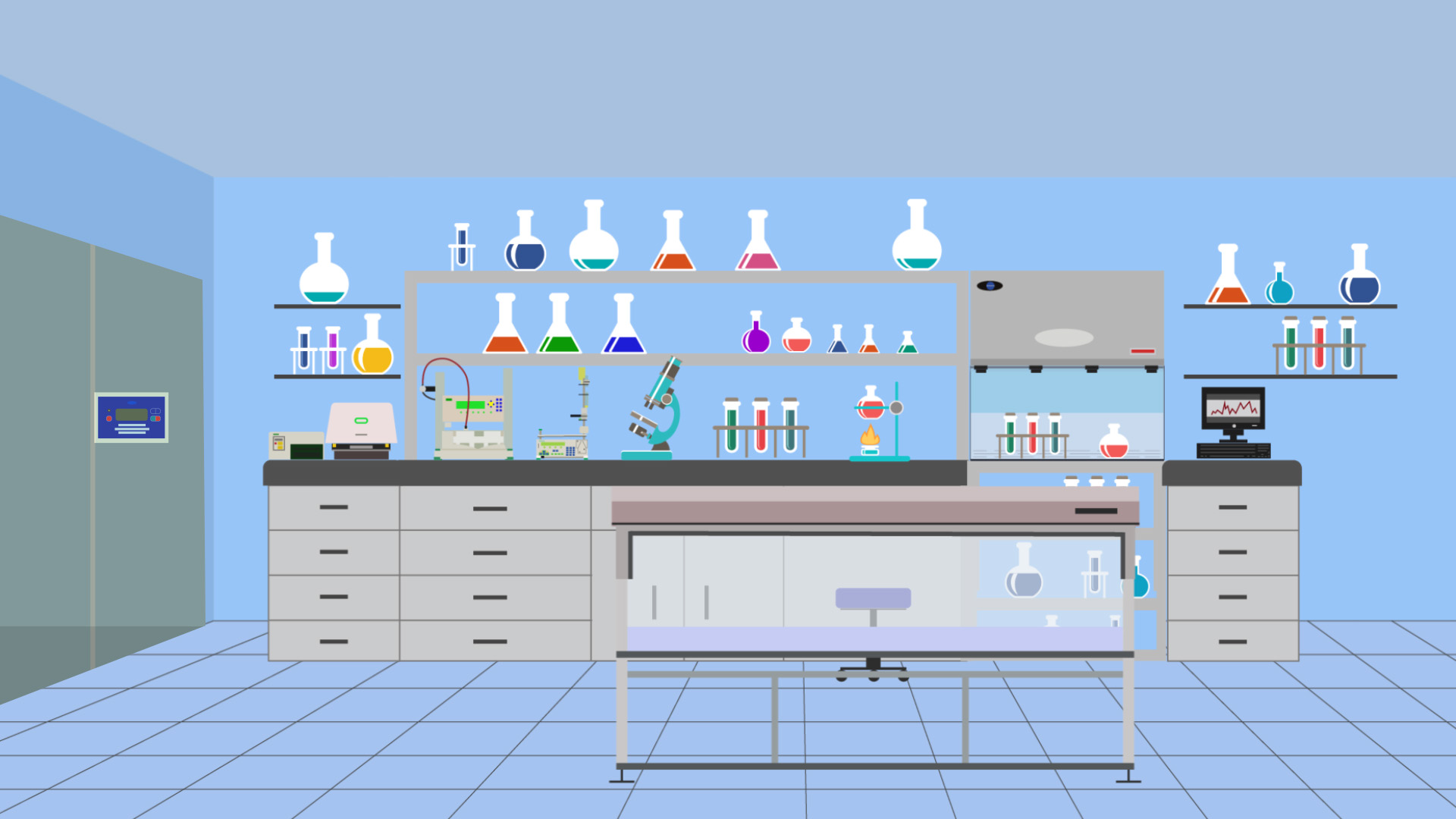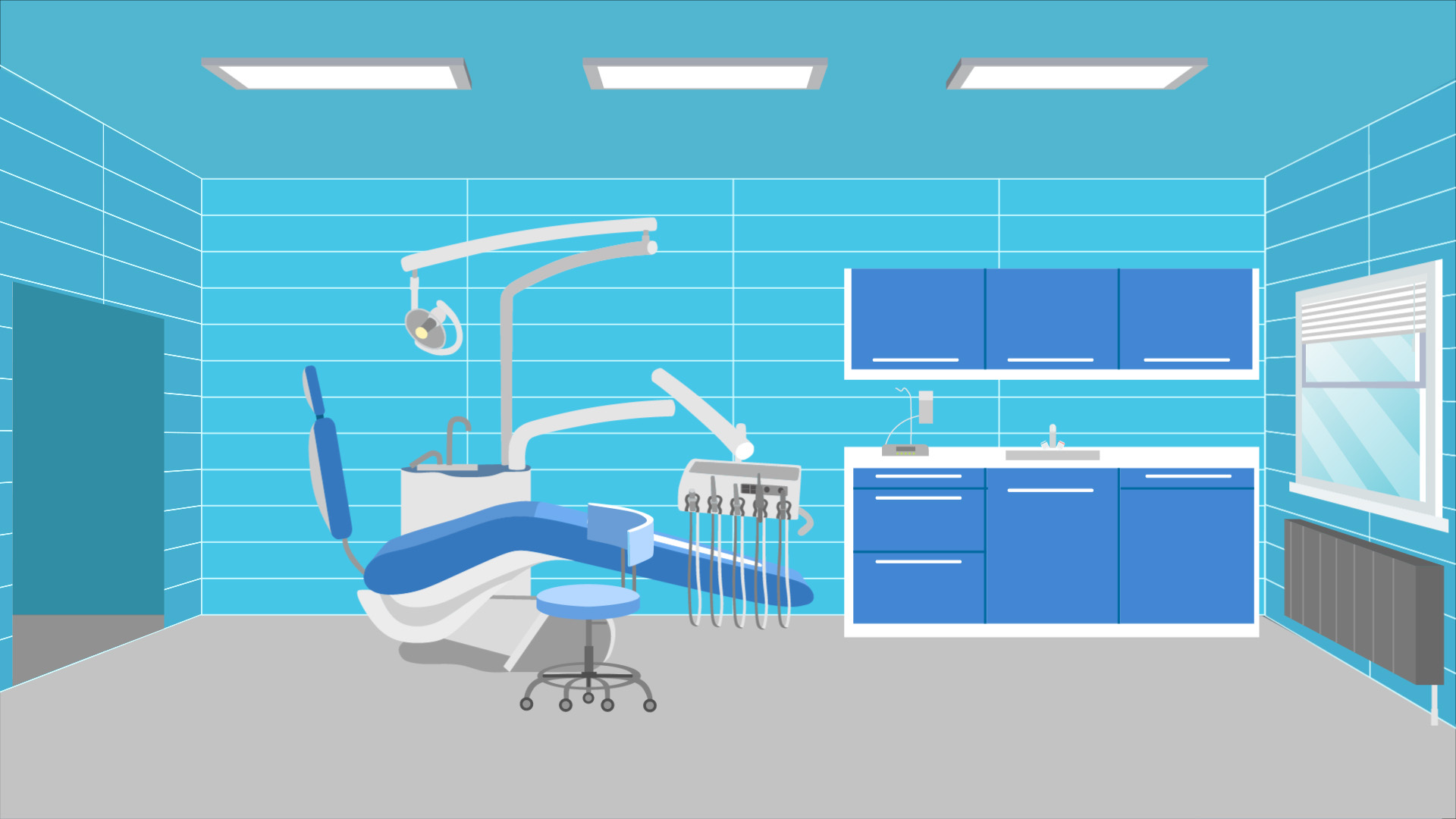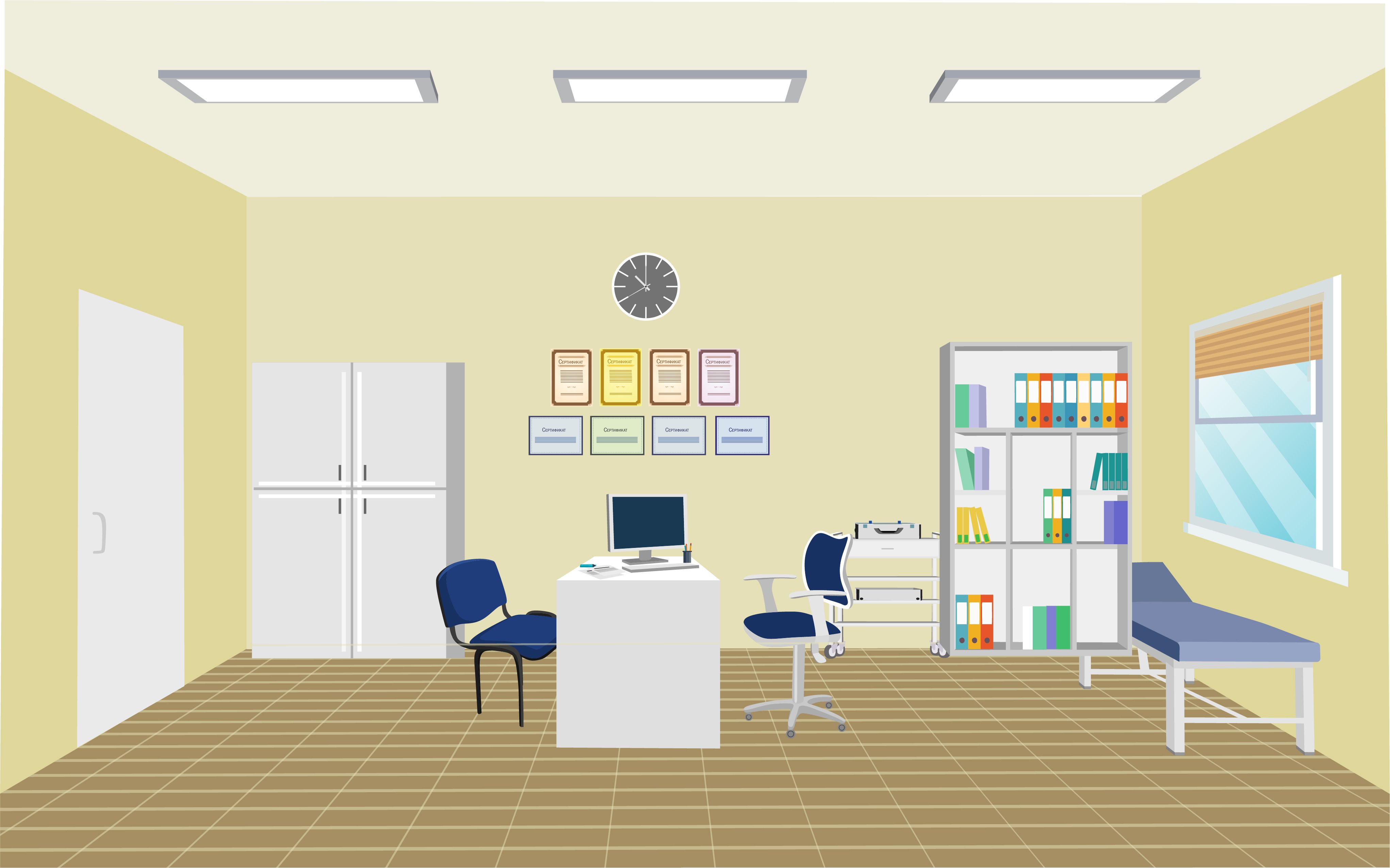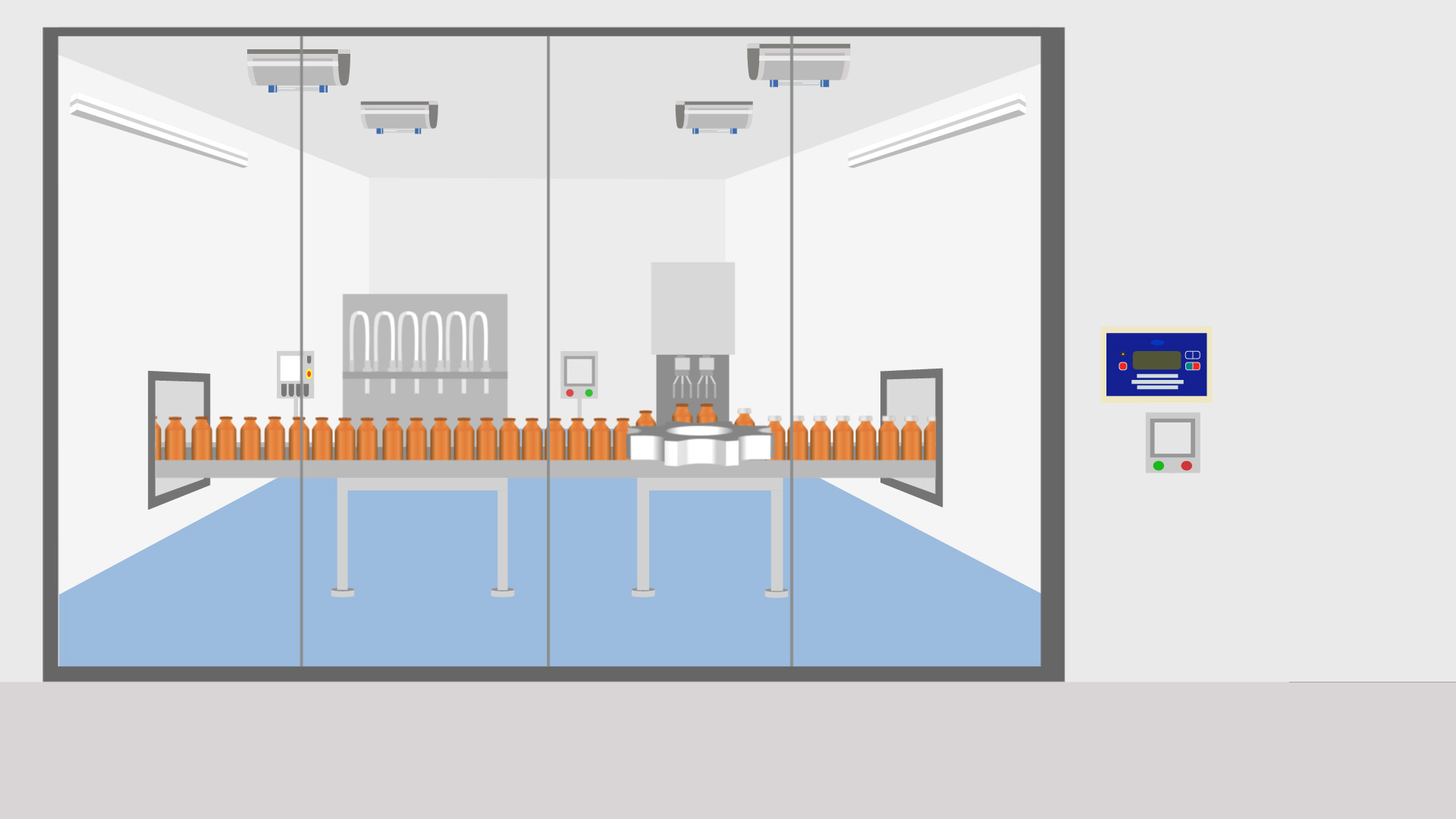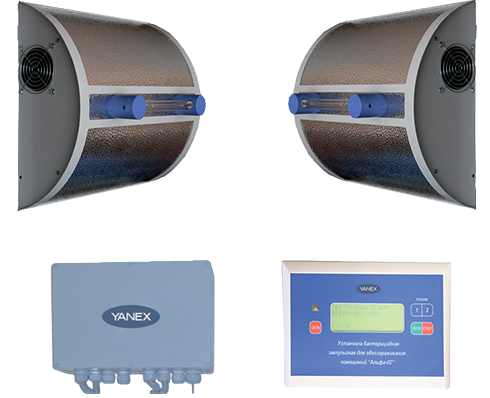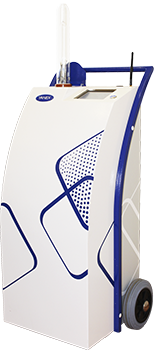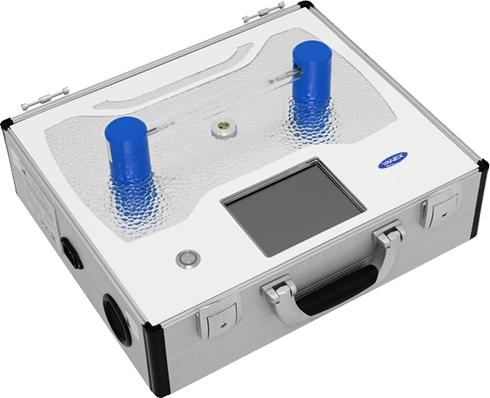Ambulance service
The specifics of infectious safety:
- Large patient flow with open injuries, burns, unexamined for infectious diseases, as well patients as with severe infectious diseases forms (endotoxic shock, meningococcal sepsis, influenza etc.);
- High risk of introduction, transition and cross-infection between patients, patients and medical personnel while providing emergency care, simultaneous admission of a large patients number (massive diseases or injuries, epidemics etc.);
- Availability of special transport for emergency patients’ transportation;
- Formation of a specific hospital environment with the presence of hospital bacterial strains with a longer survival time, increased virulence and resistance to antimicrobial therapy and chemical disinfectants;
- High percentage of invasive procedures;
- Presence of all transmission routes, including artificial;
- A higher infection risk in case of sanitary and epidemiological requirements violation, asepsis and antiseptics rules violation, sanitary and hygienic conditions of the patients’ stay in case of emergency situations and technical accidents.
The specifics of disinfection measures:
- Mandatory disinfection in operating units, burn wards, resuscitation wards / rooms, recovery wards with at least 99.9 % efficiency, especially when admitting infectious patients;
- Special operating modes for multi-resistant hospital strains inactivation, resistant to antimicrobial therapy and disinfectants (MRSA, VRE, P. aeruginosa, Proteus, C. difficile, Klebsiella, highly resistant and especially dangerous viruses, etc.);
- Minimum time for disinfection in rooms with an intensive load (in between operations, procedures, patient visits, when patients are discharged from wards;
- Insufficient provision of disinfection equipment in stationary emergency departments in accordance with the standards;
- Lack of official regulations on ambulances’ periodic disinfection, especially in the case of transporting patients with tuberculosis and infectious diseases.
Pulsed ultraviolet units allow to successfully cope with a whole number of problems:
- Are highly efficient against a wide range of microorganisms and viruses, including SARS-COV-2, minimal time of air and surfaces disinfection within a vehicle, mobility, environmental friendliness and safety;
- Air and surfaces disinfection at medical facilities of any profile with 99.99 % or higher efficiency within shortest time;
- Possibility of fast simultaneous air and surfaces disinfection of ambulances without disrupting their work schedule;
- Ensuring microbiological cleanliness of ambulances and their parking places by inactivating such microorganisms that are highly resistant to traditional disinfectants, i.e. highly resistant bacteria, their spore forms, mold and yeast fungi, highly resistant viruses;
- Individual and collective protection of patients and working staff from bacteria and viruses;
SIE "Melitta" offers reliable equipment for guaranteed and high-quality disinfection at healthcare facilities of various profiles. Regular use in between operations, procedures and patient appointments is the only existing solution for treating high-traffic rooms, that requires minimal time and does not interfere with the work schedule.
Many years of experience in using pulsed ultraviolet units as part of disinfection measures complex at hospitals and other healthcare facilities providing specialized and multidisciplinary care show their high biocidal efficiency and, as a result, a considerable decrease in HAI level among patients and st.
We are convinced that pulsed ultraviolet units used in various areas, including healthcare facilities, not only during the COVID-19 pandemic and seasonal outbreaks of other viral diseases, but also in "peacetime" are not a luxury, but a necessity that is here to stay.
Informational materials
Most significant projects
Select the unit
* - Fields with an asterisk are required.









